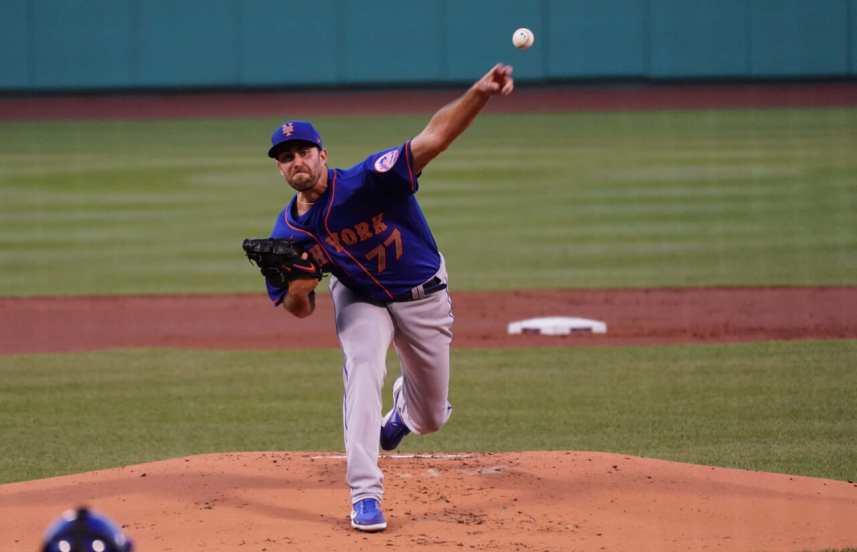
The New York Mets desperately needed starting rotation depth early in the season, and they turned to rookie left-hander David Peterson. He stepped into the role and became the second most consistent pitcher behind Jacob deGrom in the starting rotation. Though Peterson did not get any Rookie of the Year votes, he still had a very productive first season.
Oh my goodness David Peterson pic.twitter.com/69yR2v7QHm
— Jacob Resnick (@Jacob_Resnick) August 9, 2020
Despite Peterson not having swing and miss stuff, he still had plenty of weapons to be a successful pitcher. Peterson only had one start where he allowed more than three runs and opposing hitters only batted .202 against him. Left-handed hitters were useless against Peterson; they batted just .161 and had a .226 slugging percentage.
Two things for Peterson to improve upon are his walks and working deeper into the game. He averaged just under five walks per nine innings, partly due to his inability to pinpoint his fastball. Peterson also needed to work outside the zone for success, which in part leads to more balls thrown.
Peterson only threw six innings in one of his first five starts but found consistent success in his final three. Over his final three starts, Peterson only allowed four runs in 18 innings while striking out 16. This included a 10 strikeout outing against the Atlanta Braves.
Trust the 1 and 2
Peterson’s fastball and slider were undoubtedly his best two pitches. Opposing hitters batted .164 and .119 against them, respectively. Peterson threw his fastball/slider 63.3% of the time, and that is a number that could increase as he learns to command them better. Peterson’s changeup and sinker hurt him the most despite throwing them only 18.7% and 15.8% of the time. Those were the only two pitches where batters hit over .300 against Peterson.
From a statistical standpoint, the biggest improvement should come on the amount of hard contact he allows. 31.2% of balls in play had hard contact, compared to just 11.6% of soft contact against him. That is one reason why his FIP is at 4.52 instead of closer to his season ERA.
Overall, Peterson was tremendous for a rookie who had never pitched above AA. He is only getting better, and he has all the tools to be a consistent, quality pitcher in the big leagues. Peterson was 6-2 with a 3.44 ERA in 49.2 innings pitched with 40 strikeouts. He currently slots as a 4-5 starter in the 2021 Mets rotation.
2020 Grades On 20-80 Scale (2021 Projection)
4-Seam Fastball: 65 (60), Only averaged 92 mph but was a tough pitch for hitters to square up.
Slider: 75 (70), Undoubtedly, his putaway pitch had a 37.1 whiff rate. Look to see him use it more against lefties in 2021.
Changeup: 35 (45), If Peterson can command it better, this has real potential. Just too many were left up in the zone, which resulted in a .556 slugging percentage against it.
Sinker: 30 (30), This might be a pitch Peterson moves away from in 2021 since he has so much success with his 4-seam fastball. Peterson typically threw it to right-handed hitters, and they knew it would only be away.
Curveball: 40 (45), He only threw 18 of them on the season, but it should be a pitch he mixes in more than the sinker.
Command: 40 (50), As Peterson continues to pitch in the big leagues, he will get better with his control. Throwing more pitches, he has confidence in will help that.
Overall: 55 (60), It was a good rookie season for Peterson, and he likely replaces Steven Matz as the lefty in the rotation.